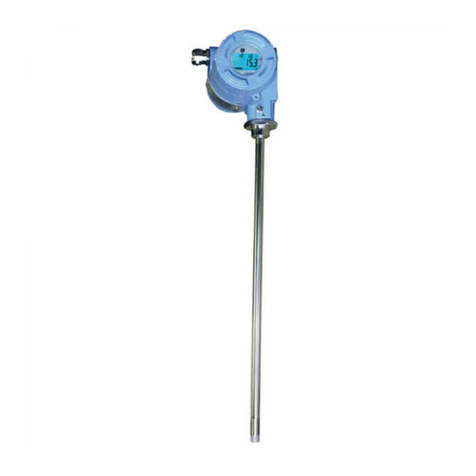Panametrics VeriDri User manual
Other Panametrics Transmitter manuals
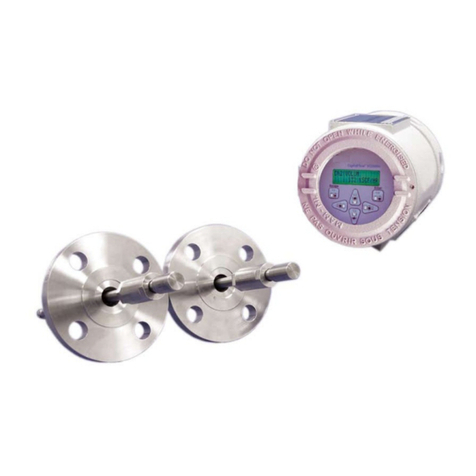
Panametrics
Panametrics DigitalFlow XGS868i User guide
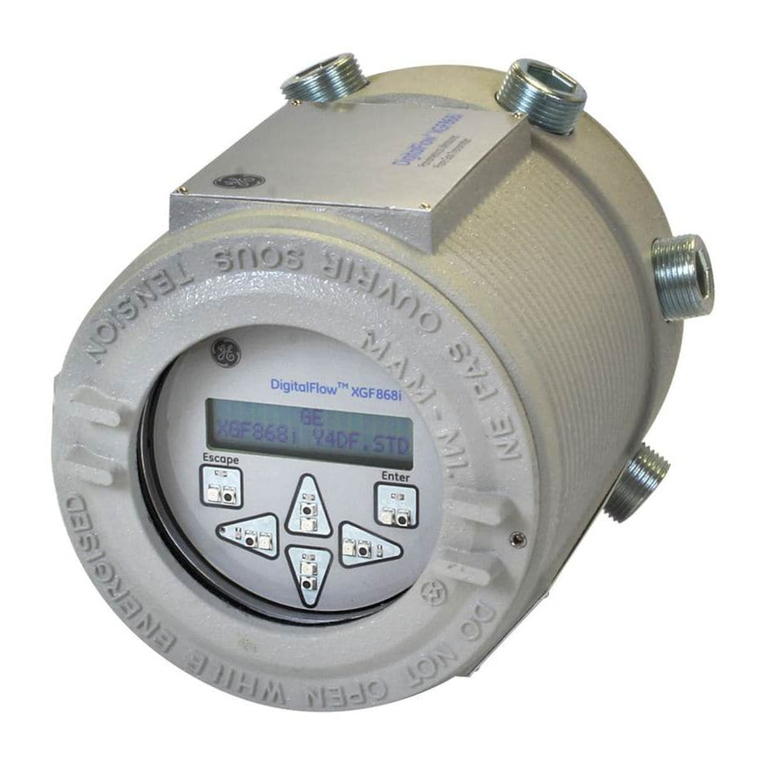
Panametrics
Panametrics DigitalFlow XGF868i User guide
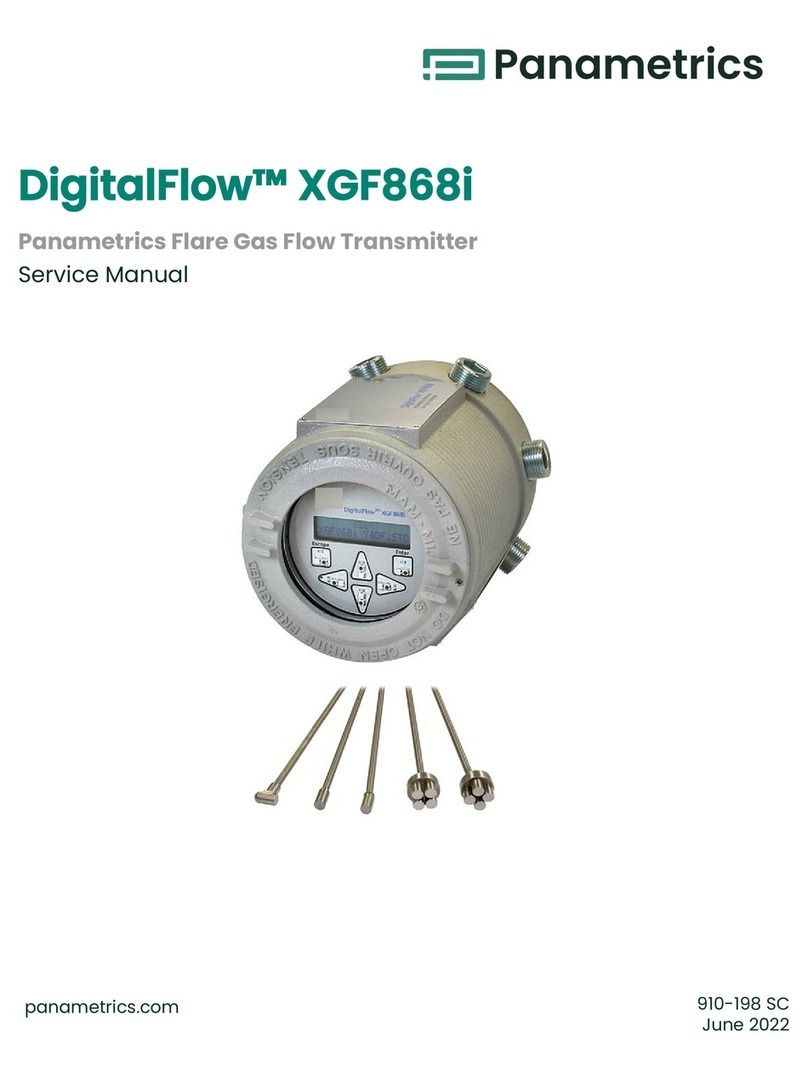
Panametrics
Panametrics DigitalFlow XGF868i User manual
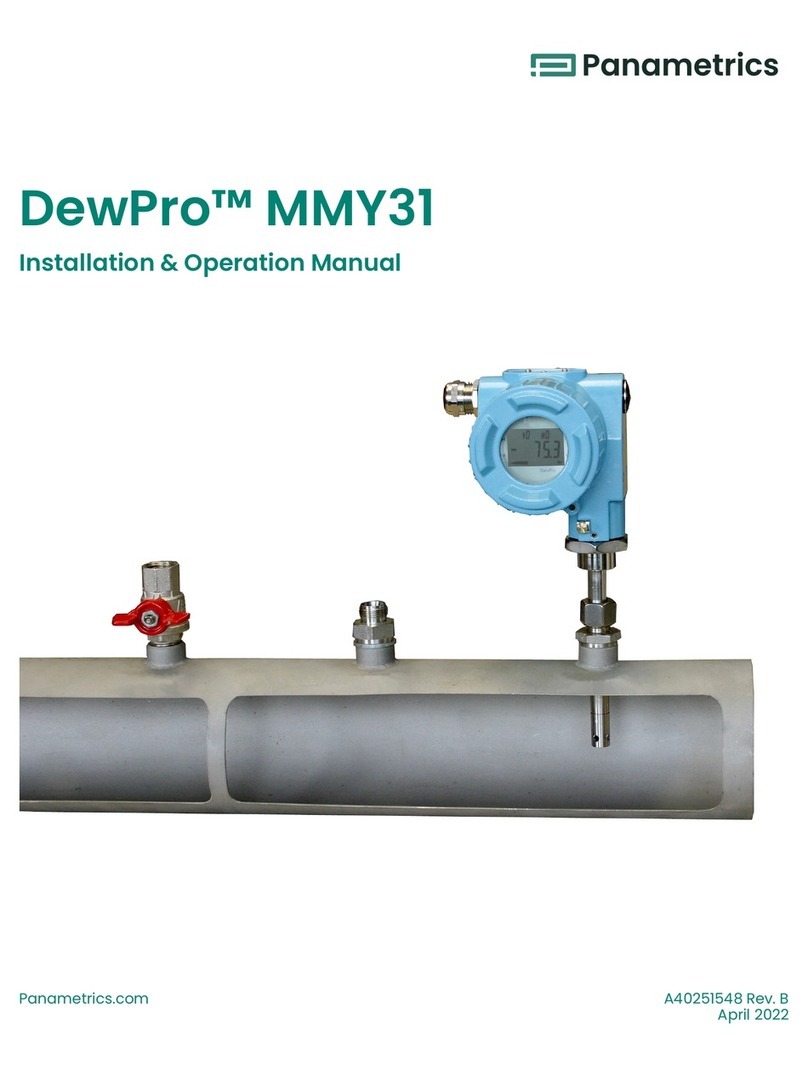
Panametrics
Panametrics DewPro MMY31 User manual
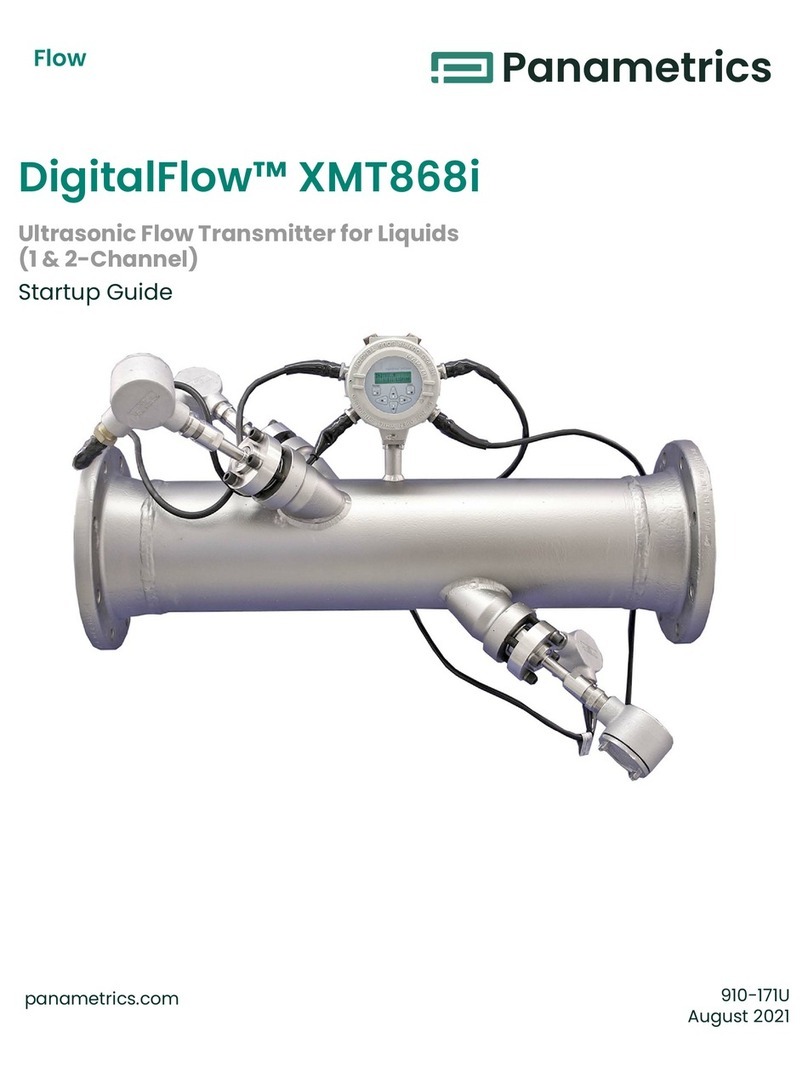
Panametrics
Panametrics DigitalFlow XMT868i User guide

Panametrics
Panametrics DigitalFlow XMT868i Owner's manual

Panametrics
Panametrics DewPro MMR30 User manual

Panametrics
Panametrics AquaTrans AT868 User manual

Panametrics
Panametrics DigitalFlow XGM868i Owner's manual

Panametrics
Panametrics DigitalFlow XGS868i User manual
Popular Transmitter manuals by other brands

Geo
Geo Web Pack quick start guide

Inovonics
Inovonics EchoStream EN1210W installation instructions

IKONNIK
IKONNIK KA-6 quick start guide

Rohde & Schwarz
Rohde & Schwarz SR8000 Series System manual

Audio Technica
Audio Technica UniPak ATW-T93 Installation and operation

NIVELCO
NIVELCO EasyTREK SCA-300 Series Programming manual
